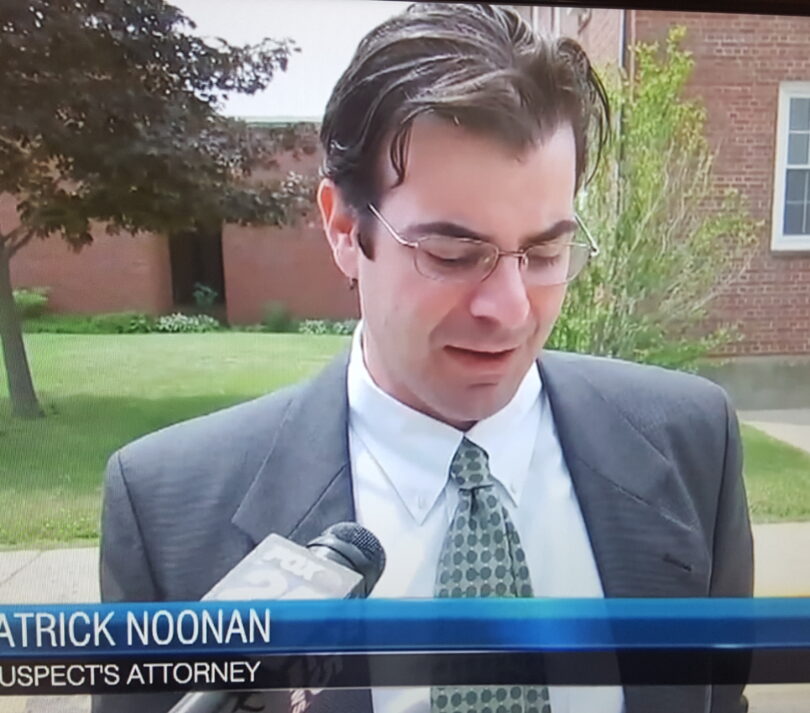The Elderly Are Susceptible to Painful, Even Deadly Bed Sores, Ulcers, and Infections
Pressure ulcers are areas of tissue/skin destruction caused by pressure and friction. They usually develop over bony areas such as the heels, sacrum/lower back, back of the head, elbows and shoulder blades.
Bed sores begin when the cells in the skin die when they are deprived of blood flow to the area. Blood supply is interrupted when skin is compressed between bone and an exterior surface — even soft surfaces, including a bed, pillow, or wheel chair for an extended period of time.
For example, people that are restricted to a bed need their head elevated approximately 30 degrees to prevent aspiration (a condition where food or liquids are breathed into the lungs). However, elevating the head 30 degrees increases the pressure on the back of the head and the sacrum.
The elderly nursing home population is very susceptible to developing pressure ulcers, also known as bed sores, pressure sores, and decubitus ulcers. Bed sores are a serious medical condition that can be life threatening as bed sores can lead to sepsis (blood infection), gangrene, osteomyelitis (bone infection), joint infection, MRSA (bacterial infection) or necrotizing fasciitis (flesh-eating disease) all of which can require amputation of an extremity or cause death.
Experienced, Compassionate Elder Neglect and Abuse Attorneys Serving All Massachusetts
If you suspect your loved one has been a victim of elder abuse or neglect, call our lawyers today for a free consultation. We can help you get the answers you need, and if your loved one has suffered harm as a result of neglect or abuse, we will fight to get the compensation needed to help you and your loved one get the care and financial support you deserve.
We offer a free, no-obligation legal consultation to help you understand your rights and the value of your case. Our personal injury law firm takes cases involving elder abuse and neglect. We offer legal service to clients in Massachusetts, Rhode Island and New Hampshire.
Massachusetts Elder Abuse and Nursing Home Neglect Personal Injury Attorneys, Free Consultation. No fee if no recovery.
Image: By Nanoxyde – travail personnel / own work – adaptation en SVG de l’image publiée sous licence GNU 1.2 / SVG from image released under GNU 1.2 license : http://ja.wikipedia.org/wiki/画像:Jokuso.png, CC BY-SA 3.0, Link

 A nursing home resident is likely to develop a bedsore within the first 4 weeks of being admitted into the nursing.
A nursing home resident is likely to develop a bedsore within the first 4 weeks of being admitted into the nursing.


